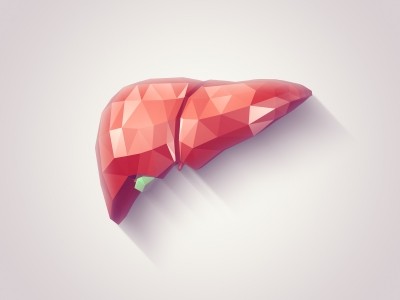New liver cell production method will spark end of animal testing, scientist

Using hepatocytes in preclinical studies offers better safety evaluation than animal models but the cells are expensive. Now scientists from the Hebrew University of Jerusalem, Israel, claim they have made a breakthrough in making such human liver cells cost-effectively.
The research, published in the journal Nature Biotechnology, describes a manufacturing method for the long-term culture and expansion of Upcyte cells - primary human liver cells - generated from multiple donors which opens the doors for using non-animal models for drugmakers and preclinical CROs.
“70% of the drug that are toxic in animals - e.g. aspirin - are not toxic in humans, and 70% of the drugs that are toxic in humans - e.g. thalidomide - are found to be completely safe in animals,” Yaakov Nahmias, director of the Alexander Grass Center for Bioengineering at the Hebrew University of Jerusalem, told Outsourcing-Pharma.com.
“It is clear the human cells studies are critical for proper safety evaluation, the problem is that primary hepatocytes are expensive, and show variable activity, while liver cells, lack metabolic activity entirely,” he continued.
“Our Upcyte cells are significantly cheaper, show little variability, and have high metabolic activity.”
Preclinical future
When asked whether such models would replace animal testing, Nahmias told us “undoubtedly,” adding this – along with other liver-cell based platforms such as the Horizon 2020 ‘human-on-chip’ device, also developed by the University – will be the future for toxicology and other preclinical studies.
“One critical challenge in drug development today is our inability to predict which chemical entity will be safe in Phase III clinical trials and ultimately in the market, primarily because of idiosyncratic toxicity in large population,” he said.
“Our technology will enable the sector to screen for hundreds of different genotypes and identify patient-to-patient variability with relative ease, very early in the process.”
First-to-market
The research was done in collaboration with German firm Upcyte Technologies, maker and supplier of cell-based assays, and was partly funded by Cosmetic Europe - with backing of L’Oreal R&D.
But the team also had contact with Merck Serono, Nahmias said, adding pharma’s tentative interest in such technology would erupt once such research methods are validated through a drug’s regulatory approval.
“The first company to get FDA regulatory approval using our system claiming primary hepatocytes as a predicate will open the floodgate and could save quite a lot of money in the process.”
























